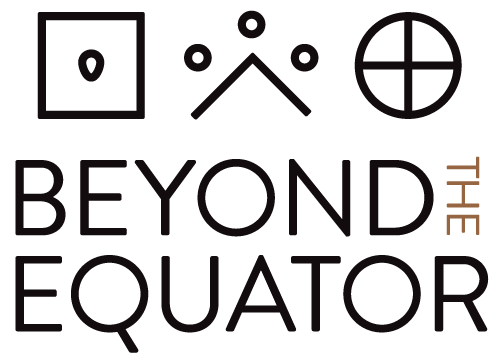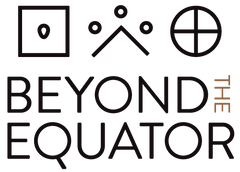When we first ventured Beyond the Equator looking for fantastic farming soils, we had no idea where it would lead us. After meeting many farmers and visiting farms across Latin and South America we were introduced to San Fernando, a 2300-hectare farm about 3 hours east of Santa Cruz, Bolivia.
The office at San Fernando
Santa Cruz is the largest city in Bolivia and the commercial hub for the country producing over 35% of the country’s GDP. Being within a few hours of such a city made perfect sense our needs. San Fernando needed a great deal of work to properly function as a farm including building the office seen above and properly installing fencing and irrigation. Our co-founder Carl, partnered with a group of local Bolivian farmers to begin farming soybeans, corn, sorghum and a number of other commodity crops at San Fernando. One of our partners graduated from the highly acclaimed agricultural university Zamorano outside of Tegucigalpa, Honduras. He was critical in our early success with San Fernando.
Most of the workers on San Fernando came from the local village, Veinte Cinco De Mayo, located right outside the front gate. We hired as many workers as possible and set up living quarters for them and their family on the premises. As the farm grew and improved, we noticed the local village grew as well. After a few years a school was built, then a hospital, and on my last visit I saw a local taxi service had started to take residents to Santa Cruz. It was a delight to watch the local community grow as we did.
As we continued to improve our farm and its efficiencies, we learned about local crops being grown that had nutritional benefits far superior to what we were growing with an underserved market. We started to grow chia seeds and quinoa, testing them on small plots to understand the crops better before transitioning to larger plots. Chia seeds grew very well at San Fernando and we found our team was adept at the entire process from seed to harvest. We quickly reduced our plots of soy and corn to move into chia as our primary crop. Quinoa was less successful at San Fernando as it is typically grown in regions with higher elevation. We continued to experiment with quinoa while moving forward with chia seed production.
One of my favorite anecdotes about San Fernando involves a young man named Rene. He started working with us at the age of 12, he walked in with his father who lived in Veinte Cinco De Mayo. He asked how he could help and did odd jobs when we had something for him to do. Over the years he became a consistent figure at the farm with a distinct interest in learning everything he could about farming. One day he met with our leadership team and asked if we could help him plant some of his own crops to help out his father. Our team dedicated a small amount of land for Rene and allowed him use of our equipment to plant some of his own beans and seeds. Each season he planted and harvested his own crop to save up money. His relentless consistency and tenacity caught our team’s eye and we suggested he apply to the same university that our manager had attended – Zamorano in Honduras. He was hesitant but eventually agreed and was accepted shortly thereafter. I will dive deeper into Rene’s story in another blogpost, but he is now working with our co-founder Carl in Baton Rouge, LA and studying for his Master’s Degree at LSU.
Over the years we’ve collected incredible stories from the difficulties and triumphs of San Fernando, and we will explore those more in depth each month. It truly is an incredible place and a fantastic start to our adventures Beyond the Equator.
To learn more about Beyond the Equator, check out some of our other blog posts such as:
The Beyond the Equator Symbols

